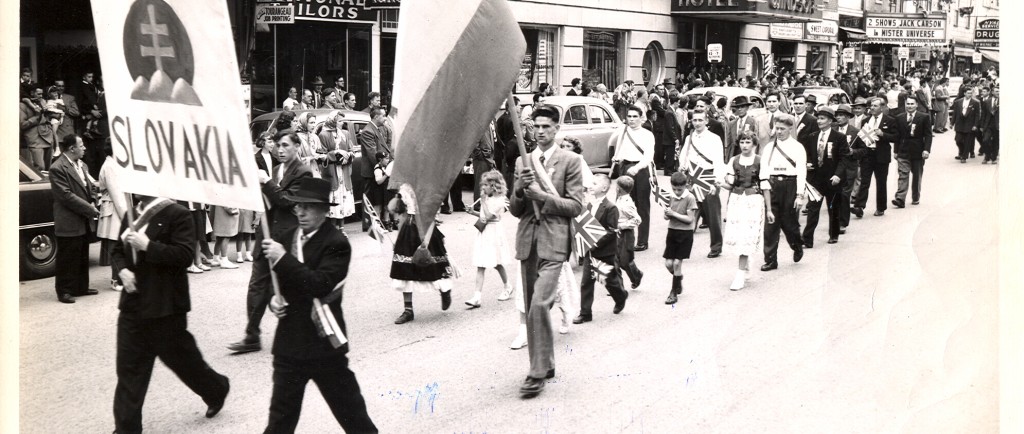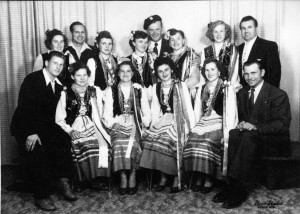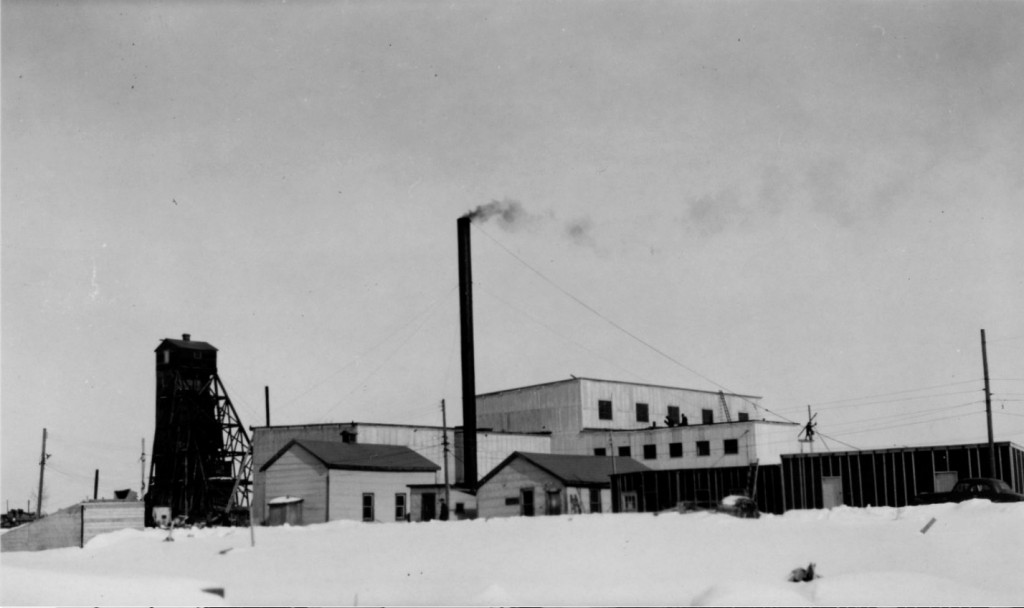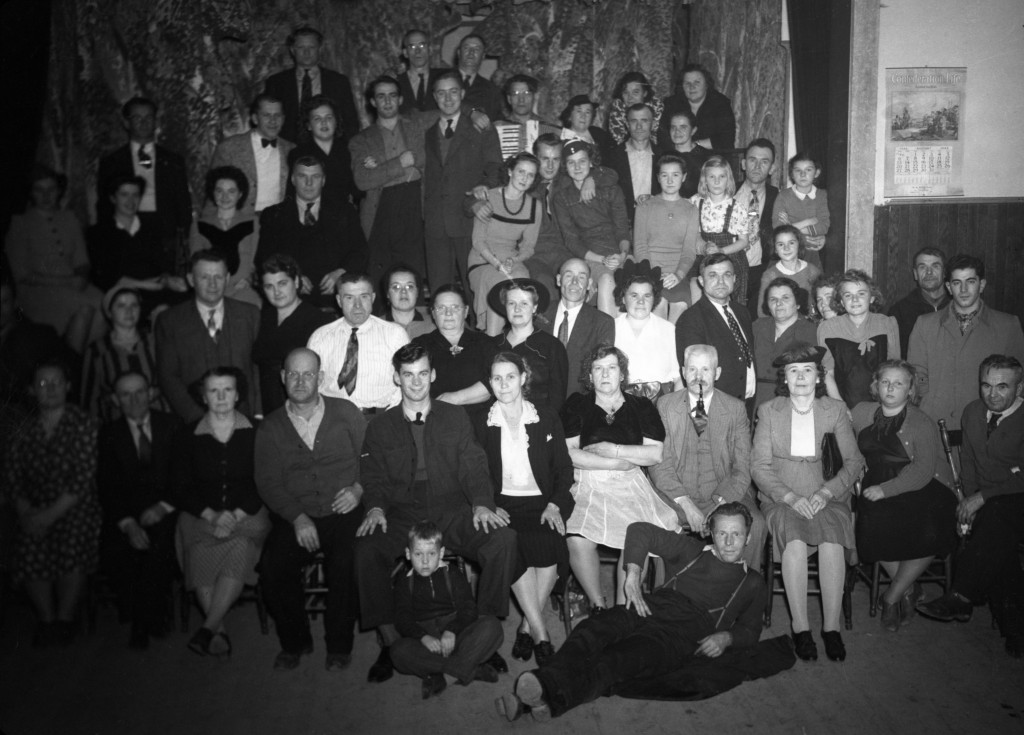The Second Wave of International Immigration
In the mid-1940s, Quebec’s mining industry had major recruitment problems due to the previous drop in international immigration during the Great Depression and to the numerous workers leaving for war factories during WW2.
To address this labour shortage, mining companies hired workers directly from Europe. These people were displaced because of various geopolitical conflicts that plagued the continent. This is why they were identified as D.P., the acronym for displaced person. They arrived in Abitibi with one-year or two-year contracts with a mining company. A few of them went back to the European continent right after the end of the contract, but many of them brought their family as quickly as possible to settle in for the long-term.
Interview with Quemont mine’s former chief of staff Mr. Vanek :
Listen to the interview (in French only) and view the transcript
At the time, mining companies would hire young people who had technical training and a clean union record. As opposed to international immigrants in the first wave—who came to Abitibi of their own free will and shared by no means the same ideologies—these newcomers were nationalistic and anti-communist. Their arrival revived the numerous ethnic communities in Rouyn and Noranda, which in turn led to the construction of a Russian Orthodox Church and a Ukrainian Catholic Church in just a few short years.
For more details :
Odette Vincent, dir., Histoire de l’Abitibi-Témiscamingue, Québec, IQRC, p. 305 and 306.
Benoît-Beaudry Gourd, Le Klondike de Rouyn et les Dumulon. L’histoire du développement minier de la région de Rouyn-Noranda et d’une famille de pionnier, Rouyn-Noranda, Collège de l’Abitibi-Témiscamingue, 1982, p. 144.





